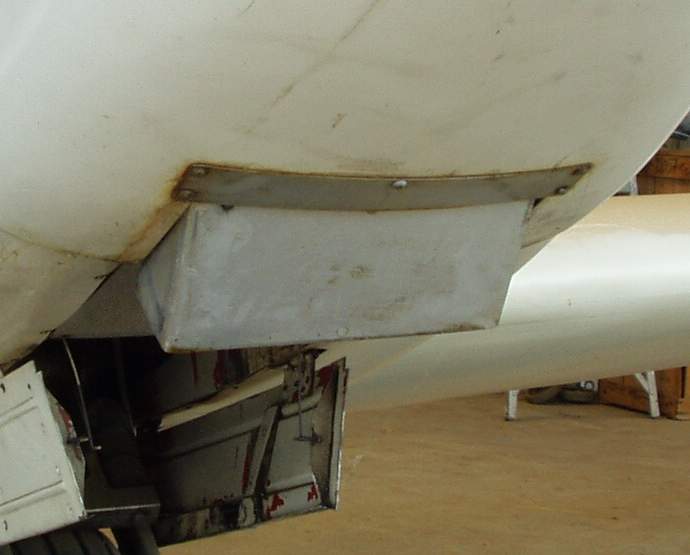As Wes mentions, on a tractor prop, there's disturbed flow to worry about. That's probably a good reason these are more commonly seen on pusher configs. Also, canard-configured aircraft (generally) don't have flaps, so the need for something to increase drag may drive more designers/builders/operators of those types to want to add the additional hardware. Bob - I'm not sure what you are working on, I'm just saying that there's reasons you saw a control surface on a canard-configured airplane that don't translate to "more traditional" configurations.








 Reply With Quote
Reply With Quote






